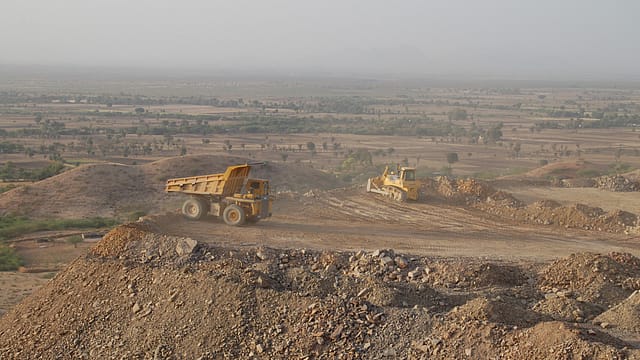IBC’s identity crisis
ADVERTISEMENT

One of the most common existential questions is what’s one’s purpose. For a human being the answer to that question is answered over the course of a lifetime. When it comes to a law, its purpose needs to be defined before its birth.
It has been more than two years since the Insolvency and Bankruptcy Code (IBC), India’s brand new law to deal with bankruptcies, was ratified by Parliament. The key objective as stated by the Union finance minister Arun Jaitley, when he introduced the first iteration of the law, was maximisation of value of assets owned by bankrupt companies and individuals for all stakeholders.
That purpose seems to have been diluted when the first amendment to the IBC was introduced last year. The amendment introduced a whole new section, Section 29A, which essentially barred former promoters who had defaulted on loans to take part in the resolution process of a company under the IBC. A second set of amendments earlier this year introduced a stringent timeline for submitting the resolution plan for such companies.
Through these changes, the government effectively said that they want maximisation of value of assets under the IBC, but under certain conditions. A defaulting promoter cannot participate in the process of maximising the value of assets, and any other participant would have to follow the timelines strictly for submitting resolution plans.
January 2026
Netflix, which has been in India for a decade, has successfully struck a balance between high-class premium content and pricing that attracts a range of customers. Find out how the U.S. streaming giant evolved in India, plus an exclusive interview with CEO Ted Sarandos. Also read about the Best Investments for 2026, and how rising growth and easing inflation will come in handy for finance minister Nirmala Sitharaman as she prepares Budget 2026.
Two cases—Binani Cement and Essar Steel—have challenged the very thesis of these changes. And the latest order from the National Company Law Appellate Tribunal (NCLAT), indicates that the judiciary may well be inclined to interpret the law based on the unadulterated purpose of the IBC—maximisation of value.
Hearing the various petitions on the Binani Cements case, where Dalmia Bharat-led Rajputana Properties Pvt. Ltd was arguing that UltraTech Cements’ resolution plan submitted after the bidding deadline was invalid, the NCLAT ruled in favour of the Aditya Birla group company. The NCLAT in its order said, “The maximisation of the value assets of the ‘Corporate Debtor’ cannot be ignored nor it can be ignored that the same should balance all the stakeholders.” It also said all stakeholders would include operational creditors and financial creditors since favouring one over the other would mean that the objective of providing credit would not be met.
The order implies that when adjudicating such disputes maximisation of value may be given prime importance—good news for the Ruia family, who have sought to settle all the dues of both financial creditors and operational creditors by paying more than ₹54,000 crore. While the Committee of Creditors of Essar Steel have already accepted the ₹42,000 crore bid from ArcelorMittal and Nippon Steel, the decision has been challenged by the operational creditors and a fresh round of hearings will begin at the National Company Law Tribunal on November 28.
But as more such cases are fought, increasingly it appears that there is no finality till the matter is settled by the Supreme Court. The Binani Cements case will be taken to the Supreme Court by Dalmia Bharat and in a few weeks the IBC could have a completely different meaning.
Meanwhile, even though the government has been screaming about the success of the IBC in the loan recovery process from the rooftops, delays in the settlement of cases under the IBC are mounting. While government officials, unwilling to go on the record, claim that banks will recover ₹1.8 lakh crore of loans in 2018-19, up from a little more than ₹74,000 crore last year, the numbers will only add up if there is an end to the delays. One of the key objectives of the IBC was to find a resolution of bankrupt companies within 270 days. More than half of the 12 companies referred to the Corporate Insolvency Resolution Process (CIRP) under the IBC in the first list, have completed more than 400 days under the CIRP.
There is a debate about whether amendments like Section 29A have unnecessarily complicated the IBC. There is a moral argument which says wilful defaulters should be punished by not letting them participate for companies under the IBC. It is a compelling argument for political gains but in the world of business where success and failure are part of the game, and finding loopholes in the laws of the land is essential for success, should it have any weight? Should the law insist on strict adherence of a complicated timeline for the resolution of such companies? Over the past two years, the government’s response to criticisms of the IBC have been to point to the amendments. Perhaps, it would do well to simplify the process and return to the principle of maximising the value of assets under the IBC. Till then, the law will keep being interpreted in various courts of law as it seeks its purpose.
